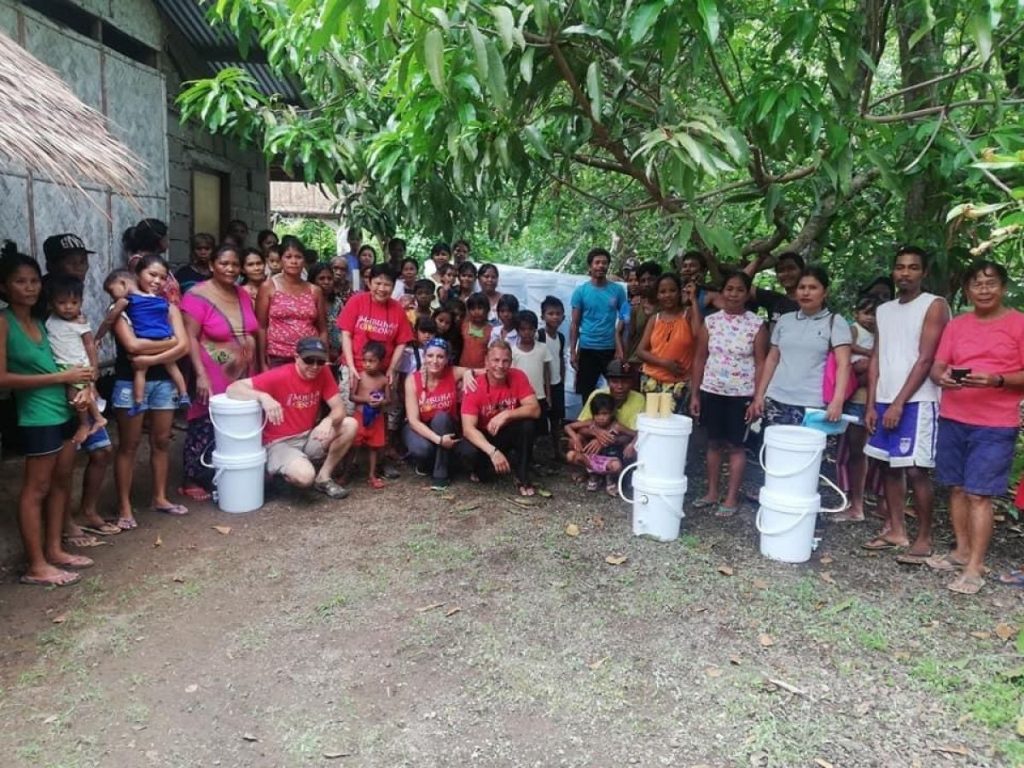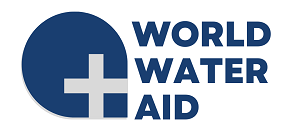Nearly 5 million people in the Philippines rely on unsafe and unsustainable water sources and 9 million lack access to improved sanitation. Despite its growing economy, the Philippines faces significant challenges in terms of water and sanitation access. The country is rapidly urbanizing, and its growing cities struggle to provide new residents with adequate water and sanitation services. In 2010, the government of the Philippines developed a road map to achieve universal water and sanitation services coverage by 2028. Water.org is working to support this goal.
But now in the Philippines and around the world, people are navigating the COVID-19 pandemic, and millions are striving to endure this crisis with an added challenge. They lack access to life’s most critical resource – water. Now more than ever access to safe water is critical to the health of families in the Philippines.
Philippines Capital: Manila
- Population of 105 million
- 5 million people lack access to safe water
- 9 million people lack access to improved sanitation
Our Impact in the Philippines
Since 2019, our corporate partner, Vivoblu Inc. has launched 5,000 water filters to organizations in nine countries, including India, Peru, Rwanda, and The Philippines. In the Philippines, we sent a team to distribute and install life-giving water filter systems on Coron Island, passing out more than 250 filters which provide clean water for more than 2,000 people.
Globally, these filters are servicing an estimated 50,000 people in homes, communities, schools, and churches. The filter is durably built to last 2-4 years in harsh conditions when correctly cleaned and maintained. Vivoblu is currently collecting water testing data from each country for further testing.
In the first three months of use in the Philippines, the two bucket water filtration systems have received positive feedback from each organization currently using the filters and buckets. Customers report that there has been decreased sickness and fewer visits to the doctor among all users, resulting in an overall financial gain for the families. Users have also expressed that their children are able to remain in school and parents are missing fewer days of work due to sickness.

10 Facts About Clean Water and Sanitation in the Philippines (from the Borgen Project)
- Access to Clean Water and Sanitation: The Philippines has a higher percentage of areas and people without access to clean water and sanitation systems than the national average of 7 percent.
- Septic Systems and Piped Sewer Systems: Many people do not have septic systems in the Philippines. Further, only 10 percent of the country has access to a piped sewer system and 8 percent have no access to sanitation facilities at all. For those who can dispose of their waste, they use plastic bags for garbage trucks to collect. This can often lead to animals breaking in, furthering contamination.
- Diseases: According to the country’s National Sewerage and Septage Management Program (NSSMP), around 55 people die every day from diseases related to inconsistent treatment of sewage. The contamination, as a result, leads to outbreaks of bacterial diseases such as meningitis and diarrhea.
- Impact of a Growing Population: The growing population will place a further strain on the limited clean water resources of the Philippines. Despite the vast improvements that the Philippines has made, an estimated additional 2 million people required access to clean water each year as of 2008.
- Contamination: Water is in further demand due to a contaminated water supply that unimproved sanitation in the Philippines caused. Most of the waste goes directly into bodies of water. As of 2011, 58 percent of groundwater suffered contamination. Further, over 60 percent of the country’s rivers exceeded the limits for potability.
- The NSSMP: The National Sewerage and Septage Management Program (NSSMP) is making strides towards completing the U.N.’s Sustainable Development Goals for 2030. By increasing reliable sanitation infrastructure in the Philippines, the country seeks to eliminate public defecation, especially for women and girls.
- Importance of Sanitation: Improving sanitation also improves the global water situation. Water is a finite resource. With the continuous transformation into gray water and the return to the ocean, potable water becomes further limited. As society improves at effectively utilizing water, this leads to preservation for future generations.
- Sanitation in Urban Areas: Sanitation in the Philippines is best in urban areas where people have recently added sewerage and water piping systems. For instance, the eastern area of metro Manila benefited from updates in 2012 that focused on improving treatment facilities and installing water connections. These improvements reduced the spread of waterborne diseases in the area and gave over 3 million people regular access to clean water.
- Improving Clean Water Access: Access to clean water has greatly improved as sanitation has. The organization Water.org has been providing small loans to people to receive water connections; this will reduce the amount of time people spend looking for water. Since 2015, Water.org has distributed over 810,000 loans, bringing clean water to more than 3 million people.
- Educational Programs: Educational programs to inform the public about water management and sustainability have become increasingly popular. For instance, the Manila Water Enterprise offers tours for stakeholders and the public that show the steps of the water lifecycle in the sanitation world.
These 10 facts about sanitation in the Philippines show that the Philippines and sanitation have had a fraught relationship. However, with increased efforts from both the national government and nonprofit organizations, more people gain access to water and sanitation systems every year. As aid increases, there is no doubt that the effectiveness of sanitation in the Philippines will improve as well.
